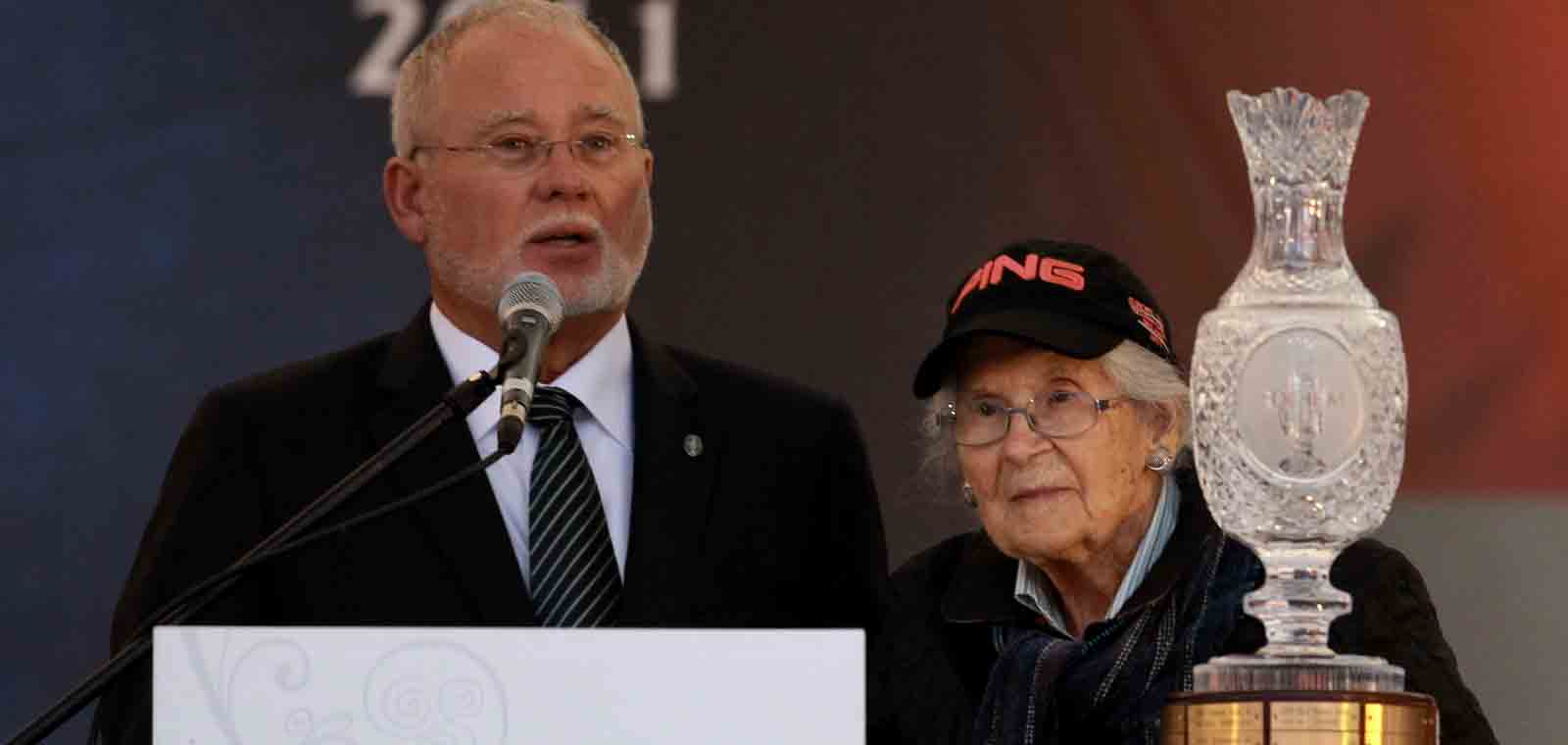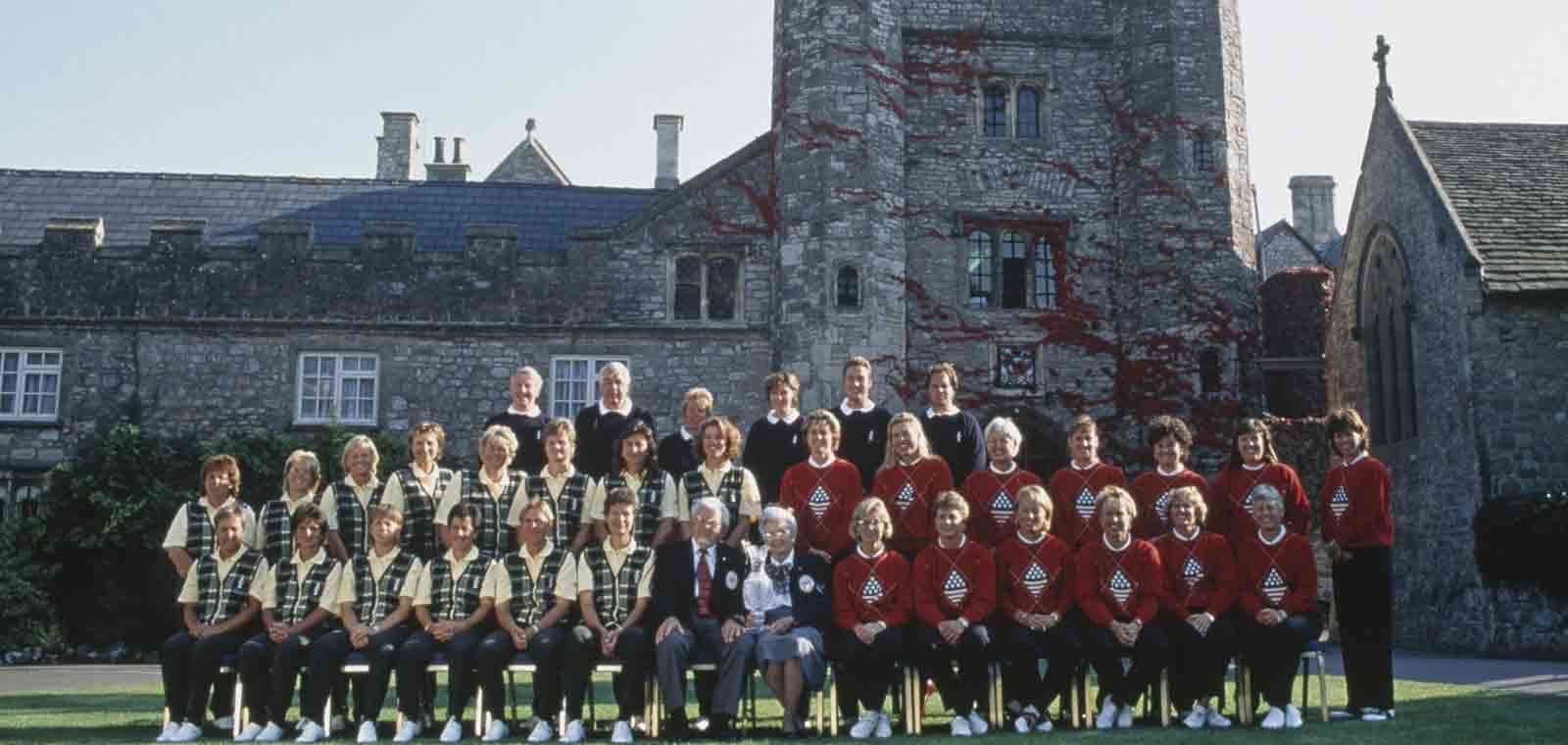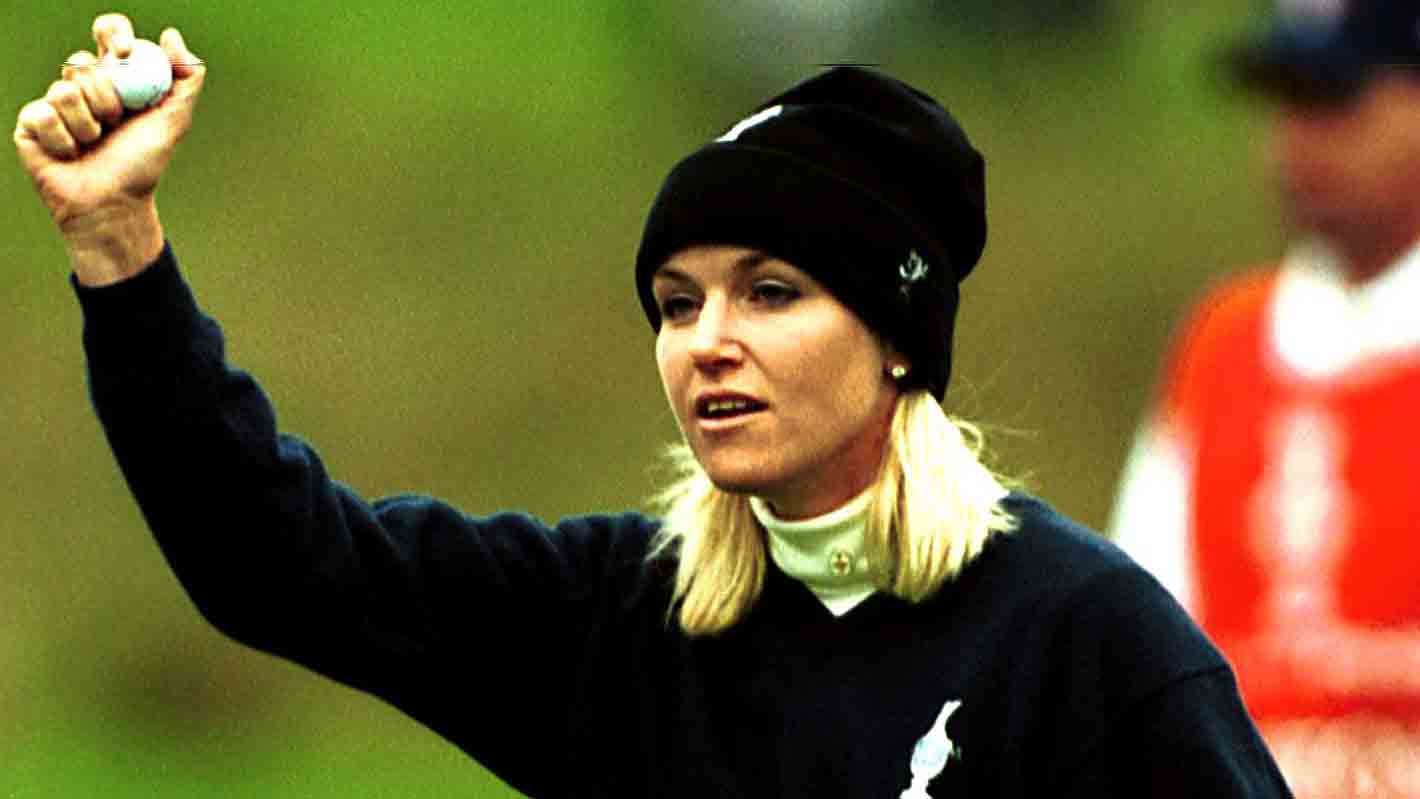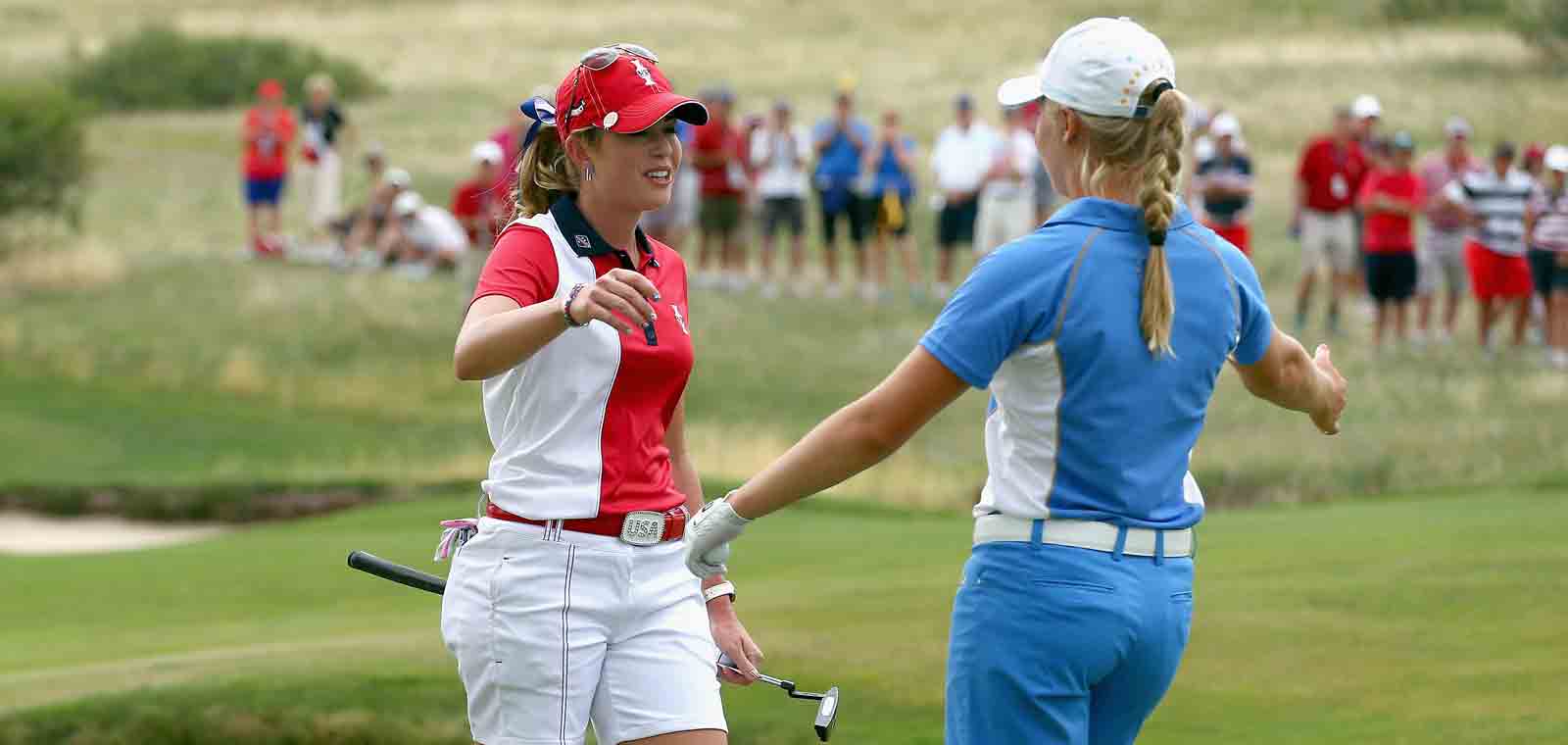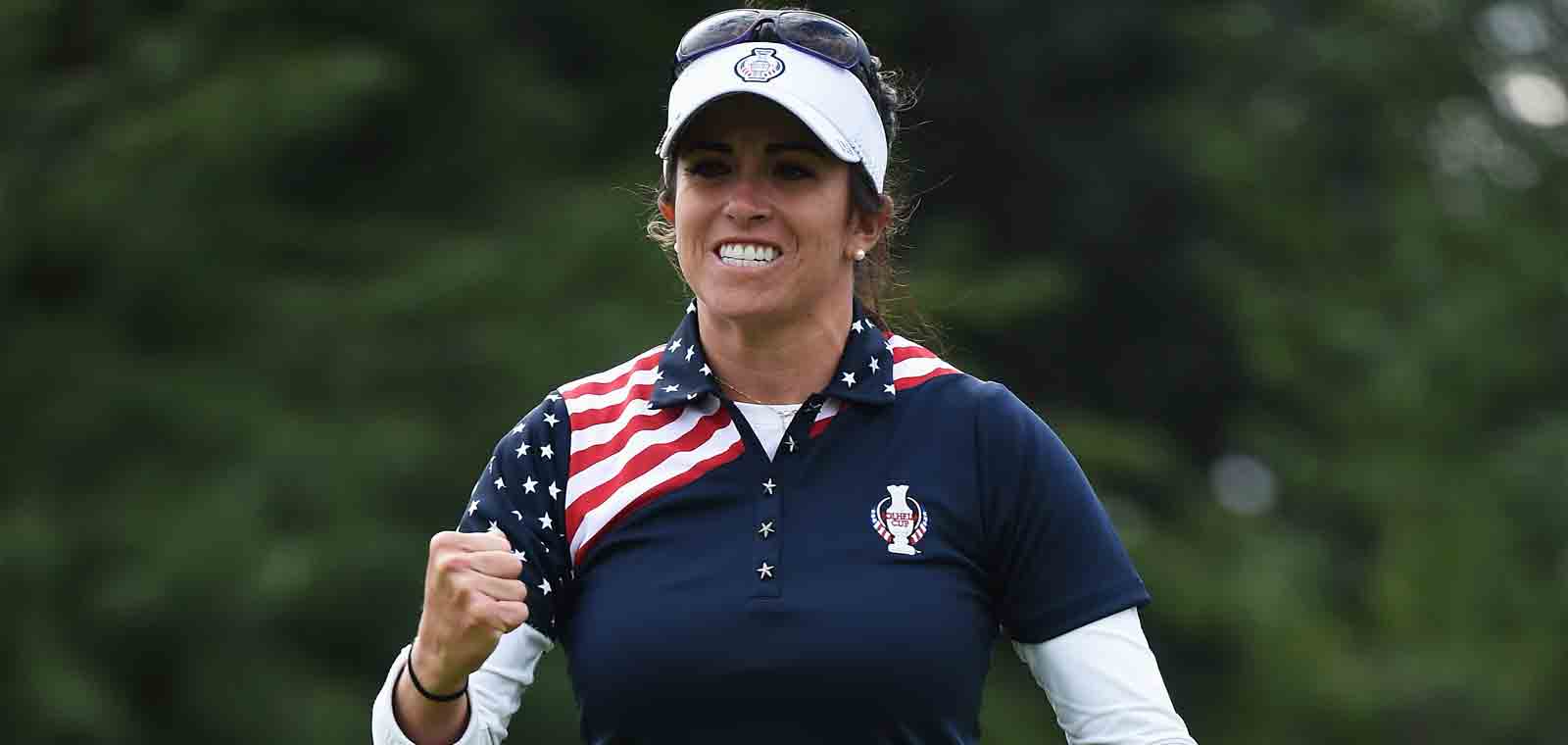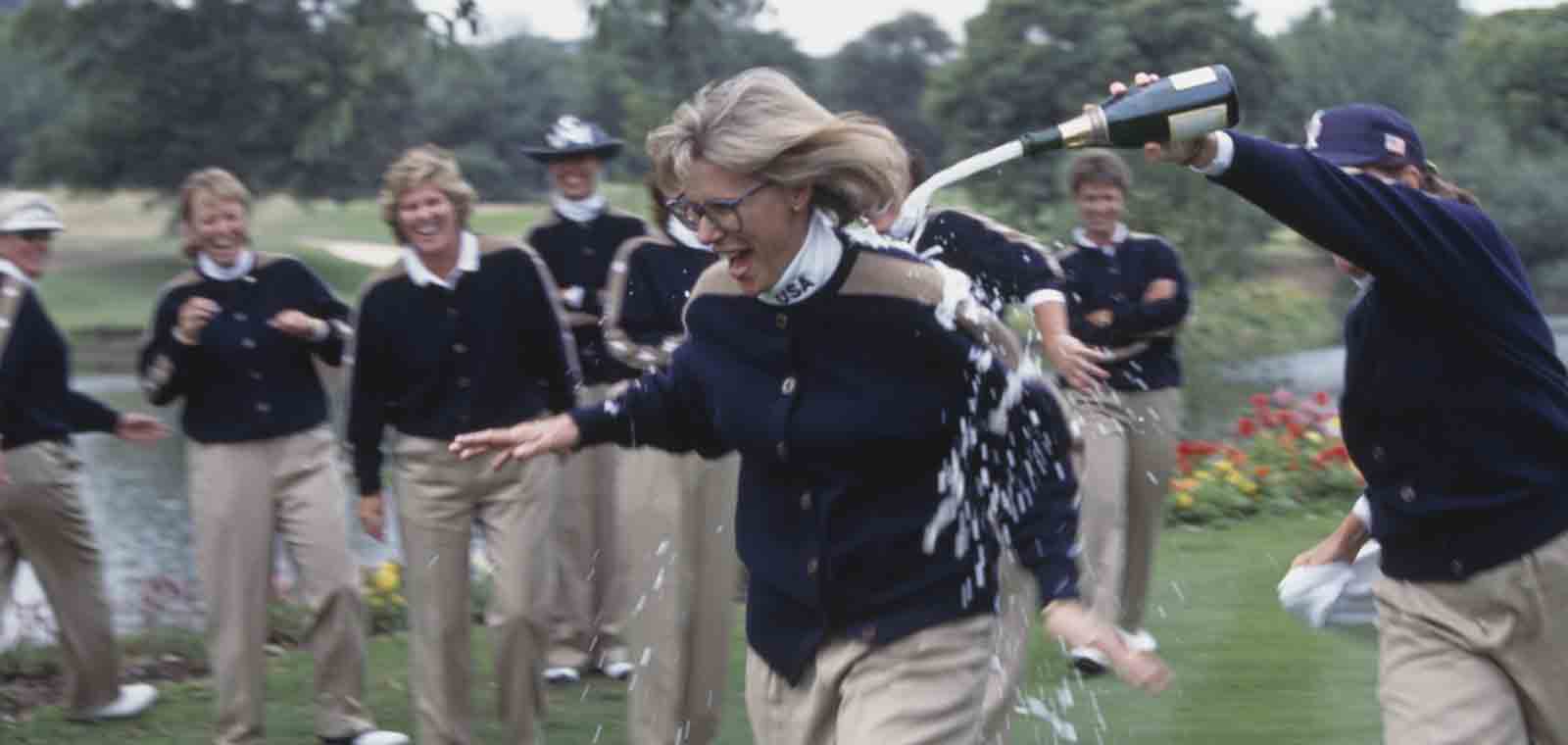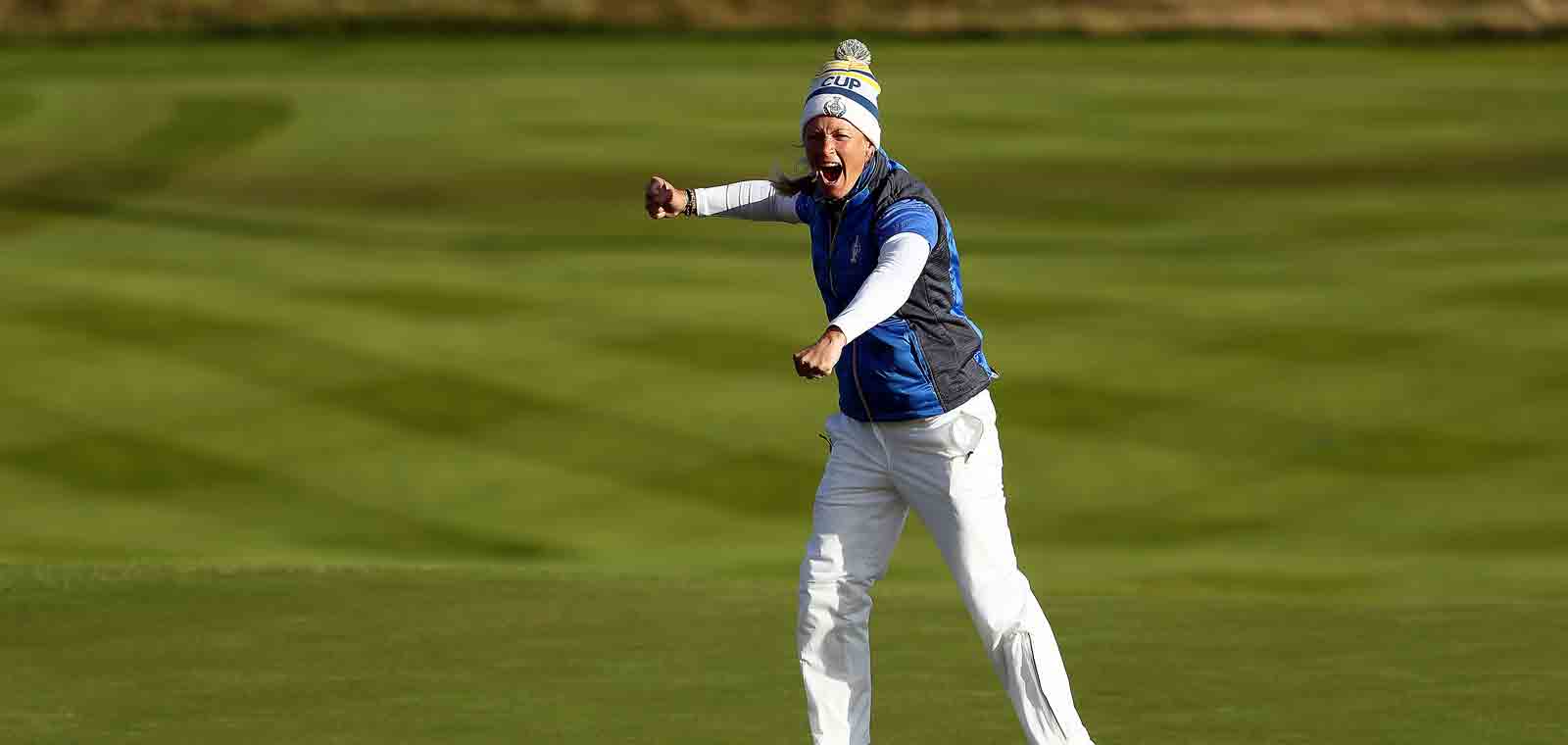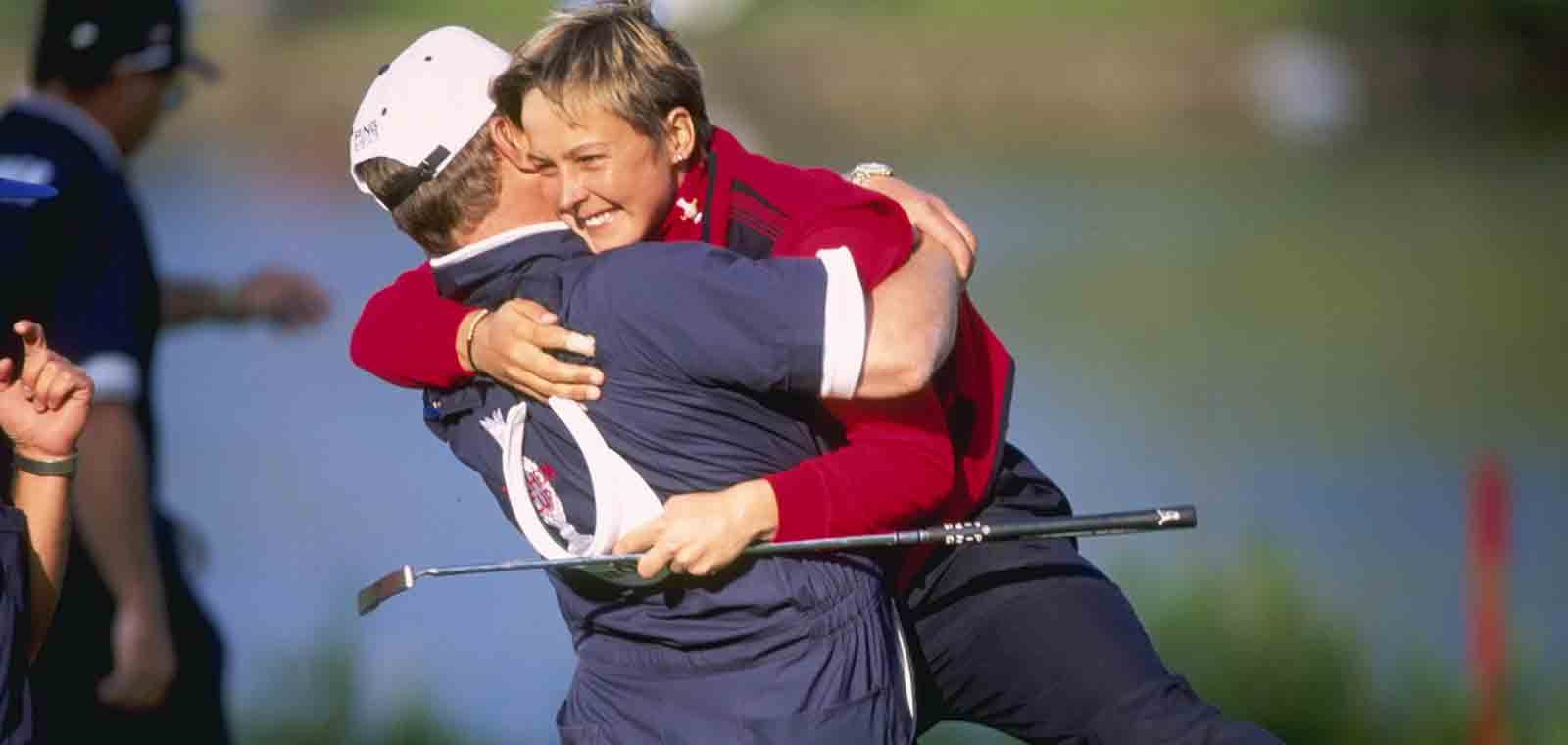A Family Legacy At The Solheim Cup
September 18, 2023
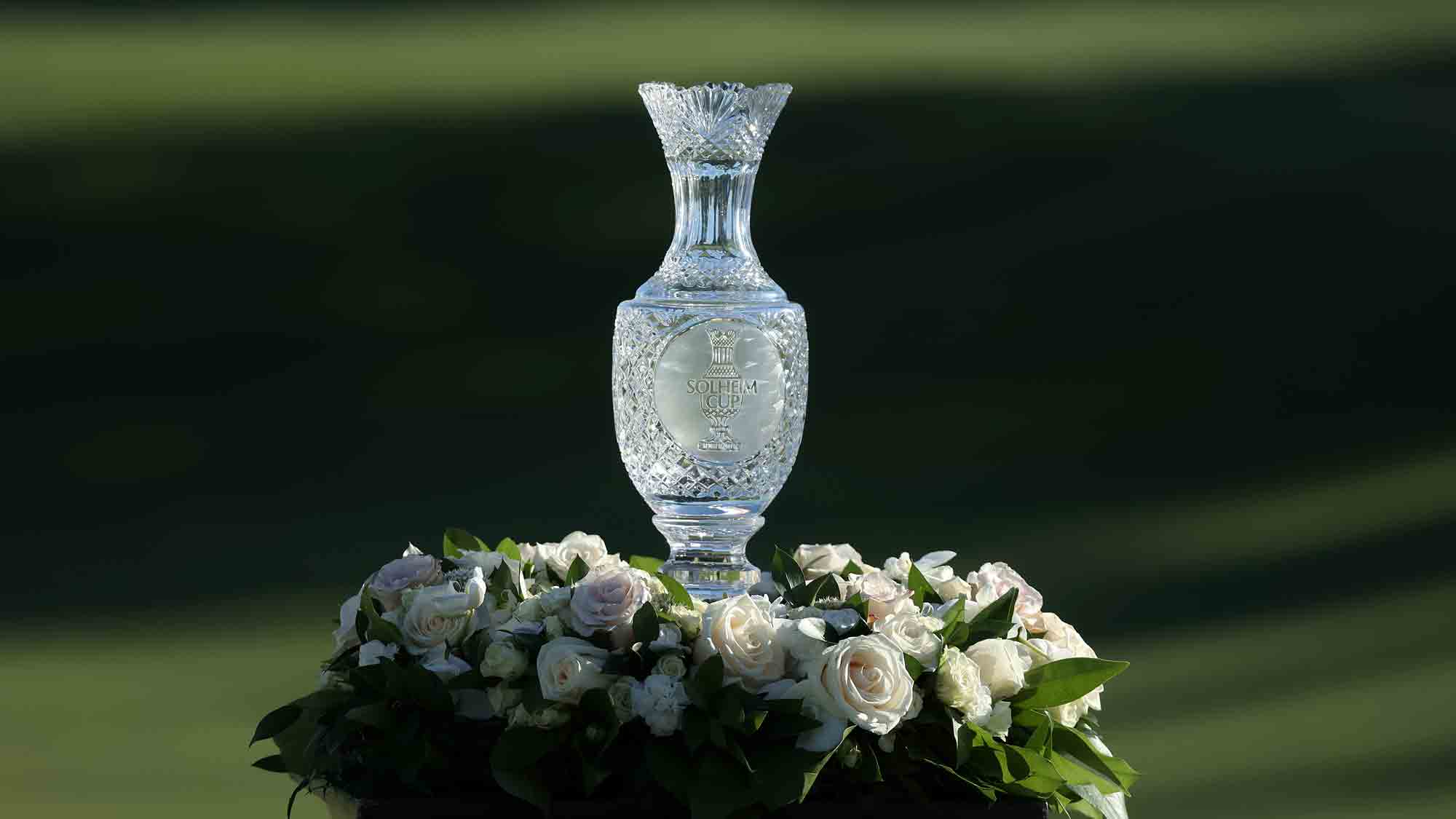
Steve Eubanks is a New York Times bestselling author and historian for the LPGA.
It was a woman’s idea: a woman of substance who through kindness, devotion, and the kind of quiet leadership that has faded like a weathered photograph drove a hobby into a business, a business into an enterprise and an enterprise into a legacy.
